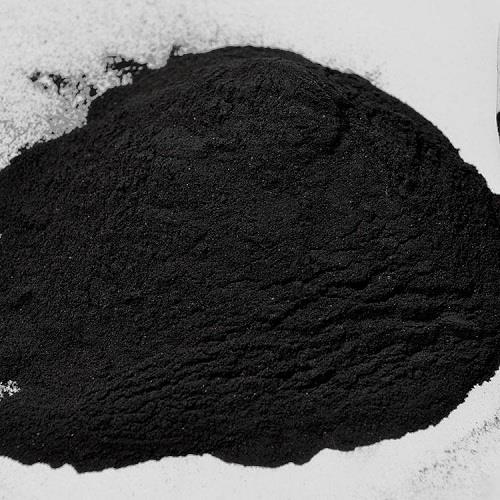
2021-03-02
Sodium humate is one of the most common and inexpensive water quality improvers. Sodium humate is also often called black soil, etc. Sodium humate is a black, bright, shiny amorphous granule or powder. Easily soluble in water. The pH value of 10% humic acid solution is between 8-9.
In actual production, after the application of sodium humate, the water will change to the color of soy sauce, which can block part of the sunlight from entering the bottom layer, and has a certain effect on inhibiting the growth of moss, which can play a role in antisepsis. The main control factor, in terms of moss control, the combined use of sodium humate sunshade is indeed better than the single use of moss.
Regarding the statement that sodium humate affects the photosynthesis of aquatic plants, in fact, the shading effect of sodium humate on water bodies generally disappears within 1-3 days. Because many farmers judge the content of products by comparing colors, they think that The darker the color, the better, so some sodium humate products on the market will add a certain amount of pigment to increase the shading effect and shading time, which will also have a great impact on the photosynthesis of aquatic plants. Some people directly proposed, When sodium humate cannot be used, granular, low-content sodium humate products can be selected to ensure that the water will not turn black and reduce the impact on light and photosynthesis of aquatic plants.

Usually people also mention the water purification and detoxification of sodium humate. Sodium humate is a natural macromolecular organic matter with a relatively stable aromatic structure. It is formed by sparse aromatic rings. It has a network structure with many pores of different sizes. Sodium humate has a complex structure, many functional groups, high reactivity and strong adsorption capacity. Its network and porous structure can loosen the soil and improve the permeability of the substrate.
The faster the sedimentation rate of the sodium humate product in water, the greater the sedimentation amount of insoluble residues. The residue of the product can also be used to determine the type of the product. Dissolve the sodium humate in the cup, press the bottom of the cup with your finger, and the powder product is basically There is a sense of slag, and even if there is a sense of precipitation in sheet products, it should feel smooth and no slag. The earliest application of sodium humate in aquatic products is due to its fertilizer properties, but it is not the reason for nutrients. In the past 2 years, some people have proposed It can supplement the carbon source of the water body. If we talk about it from this point of view, it makes sense, because sodium humate is the sodium salt of humic acid, and humic acid is a kind of macromolecular organic weak acid, which is formed after the decomposition of plant residues. The product is mainly composed of carbon, hydrogen, oxygen, nitrogen and other elements. According to the data, the composition of humic acid is roughly 50%-60% carbon, 4%-6% hydrogen, 1.5%-6.0% nitrogen, and the rest Most of the elements are oxygen. In addition, it also contains less than 1 percent of sulfur and phosphorus. Therefore, it makes sense to use it as a supplement to the carbon source of water, but what effect does the supplementary carbon source have on fertilizer and water? There are no related studies yet.